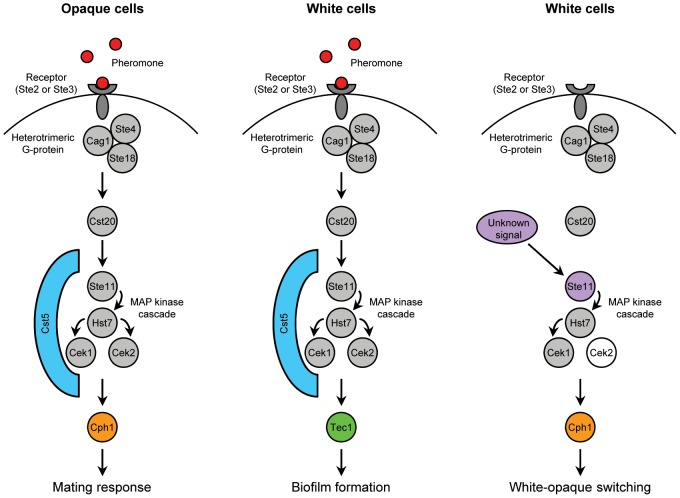Figure 11. Schematic illustrating the different usages of the pheromone-responsive MAP kinase signaling pathway in white and opaque cells.
As previously reported [22], [23], stimulation of the pathway by pheromone in opaque cells results in activation of the transcription factor Cph1 to induce the mating response (left), whereas white cells use the same pathway, but a different downstream transcription factor, Tec1, to promote biofilm formation in response to pheromone (middle). The scaffold protein Cst5 is required for both pheromone responses. Our present study shows that the MAP kinase pathway can also be activated in a different way in white cells, as by the hyperactive Ste11ΔN467 (right). This results in rewiring of the components, such that white cells now recruit the opaque-specific transcription factor Cph1 instead of Tec1 to promote a different behavioral response, switching to the opaque phase. Only one of the two MAP kinases, Cek1, is required for this response, while Cek2 is dispensable (indicated by the unfilled circle). In contrast to the pheromone-induced biofilm formation and mating response, Ste11-induced white-opaque switching does not depend on the scaffold protein Cst5. The signals that activate Ste11 in such an alternative way are unknown and may or may not involve the simultaneous presence of pheromone to induce white-opaque switching only under appropriate conditions. In our experiments, the upregulation of CPH1 in white cells also induced biofilm formation in a Tec1-dependent manner, in line with two recent studies [51], [52] that also found a role for Cph1 in white cell biofilm formation (not shown in the figure).

